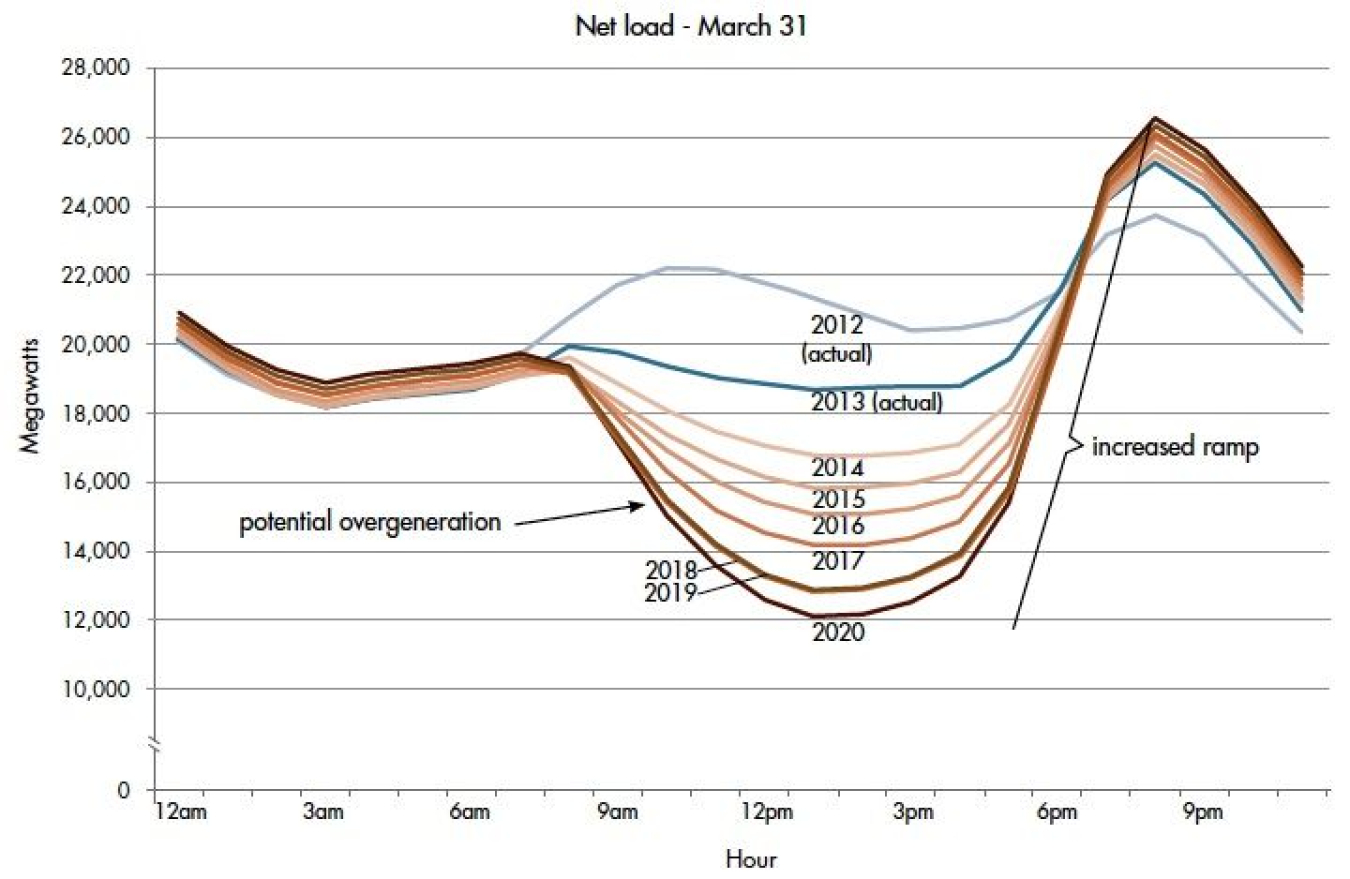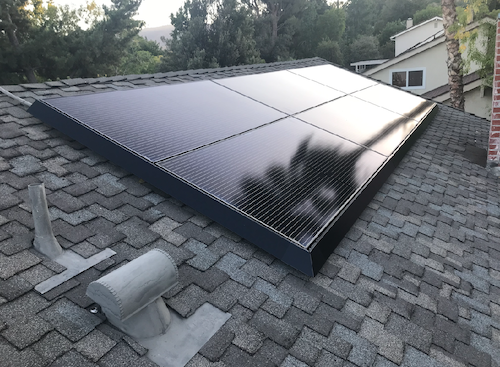Net Energy Metering (NEM) allows homeowners who generate their power with solar panels to serve their energy needs and receive a financial credit on their electric bills for any surplus energy they feed back to their utility. In California, the NEM tariff is set by the Public Utilities Commision (PUC). In recent years, they have been contemplating changes that have create quite a stir by Solar owners. Utility companies, Pacific Gas and Electric (PG&E), Southern California Edison (SCE), and San Diego Gas & Electric (SDG&E) are requesting a change to cover the cost of operating the grid. Solar owers argue that the proposed changes would discourage solar energy and place a hefty tax on their Solar systems.
For my family, Solar was an investment we could make to help us transition us to a more green energy future. We computed our ROI along those lines with the expectation that incentives, especially net metering, could disappear soon. I fully admit that the Federal Investment Tax Credit (ITC) of 26% made it easier to justify but I know the utility based incentives may not be sustained forever.
The Problem with Residential Solar
It is easy to focus on the power rates for electricity but we often forget that there are capital and ongoing costs to run the grid infrastructure. This is true even if you rarely use the grid power. Regardless of your view of the utility companies involved, the truth is that there is capital and operational expense for us to have the luxury of pulling power from the grid when solar production is not enough to charge batteries or support our homes. If we are not paying that, those costs are getting distributed unfairly to non-solar customers. Studies show that this is typically lower income families who can’t afford solar installation fees.
However, the NEM v3 proposed $8 per kW of installed Solar generation per month may be a viable approach, but it does seem too high. We sized our solar panels to cover our needs at 8.5kW. The additional $68/mo connection fee isn’t terrible but also isn’t much less than our electric bill without solar at $120/mo (usage not taxes). With cloudy days, pulling from grid could easily make the bill as much as or higher than before solar. There should be a fee, but it needs to be reasonable.
Solar Voltage Rise
Another problem with residential solar is the challenge of residential voltage rise. This is caused by the NEM ability to “sell back” power to the utility company. To push excess solar generated power back to the grid, the solar system must raise the voltage slightly higher than the grid voltage. This is generally fine as there is demand on the local grid for that power. However, as more and more homes in the neighbor add solar, all of those solar systems are trying to push their excess power back to the grid at the same time (morning to early afternoon during the sun’s brightest). As each system bumps the voltage to push the power onto the grid, you start to see the local grid voltage rise. I have seen nominal 220v jump to 224v in our area. At some point that voltage becomes too high and electronic equipment will start to fail. I’m sure the utility company has ways to deal with this, including sending frequency changes to signal solar inverters to stop production, but this would be added investment for them to accommodate solar.
Solar Duck Curve

Even if solar voltage rise is managed, there is another problem. When the sun is out, the utility generation demand can drop significantly but then surges when the sun goes down. 4pm to 9pm happens to be the time of the greatest demand. It coincides with evening meal preparation, additional lighting and afterwork entertainment demands. This means that the demand pattern has changed and has created a challenge for utility companies to support. If you look at the demand curve before solar, it looked like a camel’s back, but now the “solar production” dip is so dramatic that it forms a massive and steep jump in the evening. That is difficult for the grid and for power generation to match. The new demand graph is called the solar duck curve due to the new shape (see https://www.energy.gov/eere/articles/confronting-duck-curve-how-address-over-generation-solar-energy).

Solar rise and the duck curve demand are caused by solar systems that can “sell back” their excess power. The solution is to have the excess power stored locally through energy storage devices (ESDs), basically, batteries like the Tesla Powerwall or similar solutions by Enphase or LG. That allows homes to switch to battery power in the afternoon and through the evening (especially 4pm-9pm when energy demand is highest). With local storage, the solar rise and the duck curve issues are mitigated. The problem is that except for the luxury of having whole-house power backup during power outages, there is no incentive to get an ESD to help shave the peak demands. A good approach by PUC could be to discourage “selling back” power to the utility company (especially during peak demand) and instead, encourage adding ESDs to storage the over production for later use.
Residential Solar Advantages
There are good advantages of residential solar. While I highlighted the downsides, I would be remiss not to point out some of the advantages that are not tied to financial benefit to the owner. For one, the distribution of power generation, putting it closer to the edge where the demand is being generated (homes), can help relieve the constantly growing demand on the electrical grid system. With ESDs, we can reduce the load on the grid which often must transmit power over greater distances to meet the rising demand loads. Local production of power helps.
Another benefit to local home generation is the greater awareness by homeowner of their energy footprint. By having a home based solar system with a battery (ESD) and easy tools to monitor usage, the the homeowner becomes very conscious of how much energy is being used, and wasted. We began to optimize our usage of devices to reduce the demand or align it to the time when we have the most energy production. It is a game and I know this can be subjective but it is also a powerful learning opportunity that I believe can help us optimize for a greener future.
Conclusion
We need to encourage renewable energy generation and storage at the edge, where it is being used. At the same time we need to ensure funding for a resilient power grid without placing undue burden on lower income families. There are other renewable energy options, but I also believe we should exploit the fusion power that shows up each day in our sky (our local sun), as much as possible. It’s incredible how much power is available to us every day in the sky and our technology is just beginning to tap it. More efficient solar cells and higher capacity batteries are on the horizon (no pun intended). The future of sustainable and environmentally friendly energy is bright, we just need the courage to pursue it.

